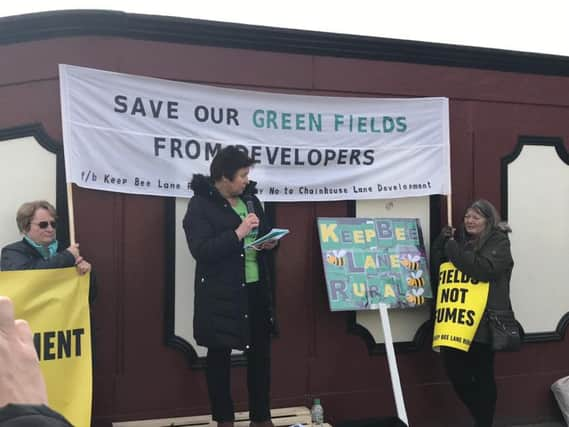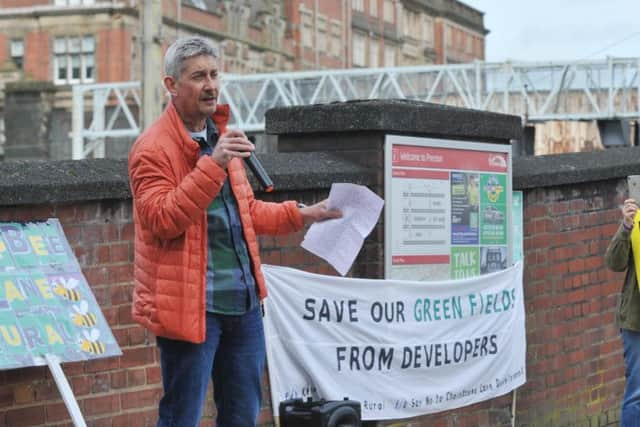'Room for 1,050 homes on brownfield sites in Preston'


The Campaign to Protect Rural England (CPRE) says there is enough vacant brownfield sites in towns and cities across England and Wales to build more than 1m new homes – two thirds of which could be delivered within five years.
It has called on the government to force councils to prioritise brownfield development instead of building homes on green spaces.
Advertisement
Hide AdAdvertisement
Hide AdIn Preston, the CPRE says there is capacity to build 1,050 homes across 44 sites. Of these, 11 per cent, or 116 homes, could be delivered within five years.


Rebecca Pullinger, planning campaigner at the CPRE, said: “Building on brownfield land presents a fantastic opportunity to simultaneously remove local eyesores and breathe new life into areas crying out for regeneration. It will help to limit the amount of countryside lost to development, and build more homes in areas where people want to live, with infrastructure, amenities and services already in place.”
The CPRE analysed Preston City Council’s Brownfield Land Register, which lists sites that the council says are suitable for development. A brownfield site is defined as land that “is or was occupied by a permanent structure”.
However, the CPRE says that confusion over the definition could mean councils are leaving potential sites off their registers. This could include land that is already in use, but could be altered to make space for housing, such as car parks.
Advertisement
Hide AdAdvertisement
Hide AdThe brownfield sites now on the register in Preston cover a combined area of 109 acres. This would give an average housing density of 10 homes per acre – below the national average of 17.
The Local Government Association said councils had already given hundreds of thousands of homes planning permission which have yet to be built. It called for better resourcing for council planning departments, to ensure developers build homes as quickly as possible.
The Housing Minister, Kit Malthouse, said: “This Government is committed to building the homes our country needs while still leaving the environment in a better state than we found it.
“We’re encouraging planners to prioritise building on brownfield land and working with local authorities to ensure sensible decisions are made on where homes get built.”
Demonstration in Preston
Advertisement
Hide AdAdvertisement
Hide AdMembers of multiple protest groups across Lancashire joined forces to stage a campaign against over development in the county.
They are uniting to fight off rural development on their village doorsteps.
Organiser Peter Waterhouse, of the Keep Bee Lane Rural group in Penwortham, said Saturday’s demonstration was the first of more to come.
“We had some great speeches from Labour candidate for Lostock Hall Council Matthew Trafford and Lancashire County councillor Kim Snape to open proceedings,” he said.
Advertisement
Hide AdAdvertisement
Hide Ad“Keep Bee Lane Rural was represented by Graham Eastham and Debora Harding who placed great emphasis upon the ecological damage that overdeveloping directly causes - air pollution and the fact that it is our children who will suffer from these mistakes. There will be no countryside left therefore no air.
“Debora spoke of the strain that will be put on already underfunded social resources and infrastructure.
“I feel we made our point. The No to Chainhouse Lane group and Goosnargh and Whittingham Against Overdevelopment group were also present and voiced their dismay at the planning process.”